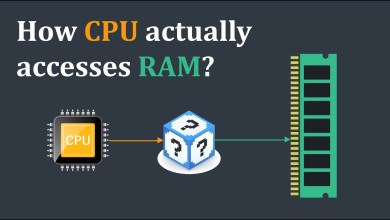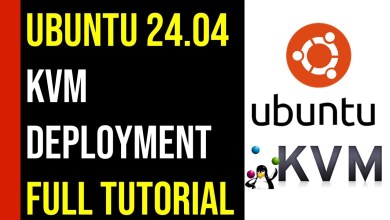COMPUTER NETWORK| FULL TUTORIAL ON computer networking in9 hours#computernetworking #computerscience
Complete Computer Networking Course: From Basics to Advanced Concepts
Master the fundamentals and advanced topics of computer networking with this comprehensive course. Whether you’re an aspiring IT professional, a software developer, or just curious about how computer networks function, this course covers everything from the basics of networking to advanced protocols and security.
What You’ll Learn:
1. Introduction to Networking
What is computer networking?
Types of networks: LAN, WAN, MAN, and PAN.
Network topologies: Bus, Star, Ring, and Mesh.
2. Networking Models and Protocols
Understanding the OSI and TCP/IP models.
Overview of networking protocols: HTTP, FTP, TCP, UDP, IP, and more.
How data flows across networks.
3. IP Addressing and Subnetting
IPv4 vs IPv6 addressing.
Subnetting basics: Classful vs Classless.
CIDR notation and VLSM.
4. Networking Devices
Understanding routers, switches, hubs, modems, and gateways.
How devices interact within a network.
Network interface cards (NICs) and wireless access points (WAPs).
5. Routing and Switching
Static vs dynamic routing.
Routing protocols: RIP, OSPF, BGP.
Understanding VLANs, NAT, and DHCP.
6. Wireless Networking
Introduction to wireless networking (Wi-Fi, Bluetooth, etc.).
Wi-Fi standards: 802.11 a/b/g/n/ac/ax.
Wireless network security (WPA, WPA2, and WPA3).
7. Network Security Essentials
Network security basics: Firewalls, VPNs, and Intrusion Detection Systems (IDS).
Common network threats: DDoS attacks, phishing, and malware.
Best practices for securing networks.
8. Network Design and Architecture
Designing a network architecture for small to large organizations.
Scalability and redundancy in networks.
Introduction to cloud networking and hybrid infrastructures.
9. Introduction to Network Virtualization
Virtual LANs (VLANs) and their usage.
Software-Defined Networking (SDN) basics.
Network Function Virtualization (NFV) and virtual appliances.
10. Troubleshooting and Network Performance
Tools for network troubleshooting: Ping, Traceroute, and Netstat.
Monitoring network performance.
Network performance optimization strategies.
Why Take This Course?
Comprehensive Coverage: Learn everything from the foundational concepts to cutting-edge networking technologies.
Practical Approach: Hands-on labs and real-world scenarios help you apply what you’ve learned.
Career-Focused: Perfect for those preparing for networking certifications like CompTIA Network+, CCNA, or those looking to enter a networking or IT-related field.
By the end of this course, you’ll have a solid understanding of computer networking and the skills needed to design, configure, and troubleshoot networks of any size.
—
This description covers the full spectrum of computer networking, making it ideal for beginners and intermediate learners aiming to enhance their knowledge and skills in the field.
[ad_2]
source



